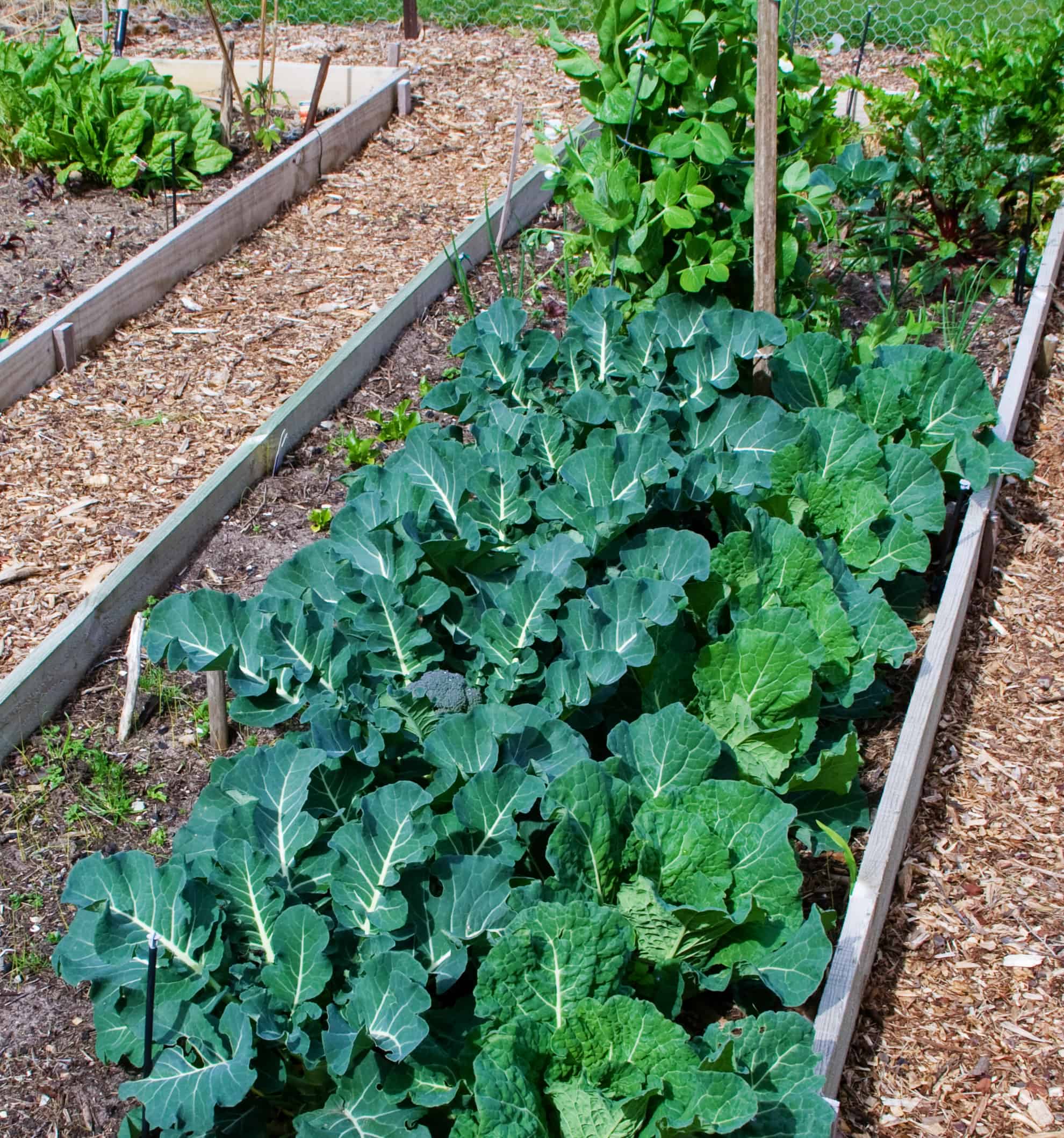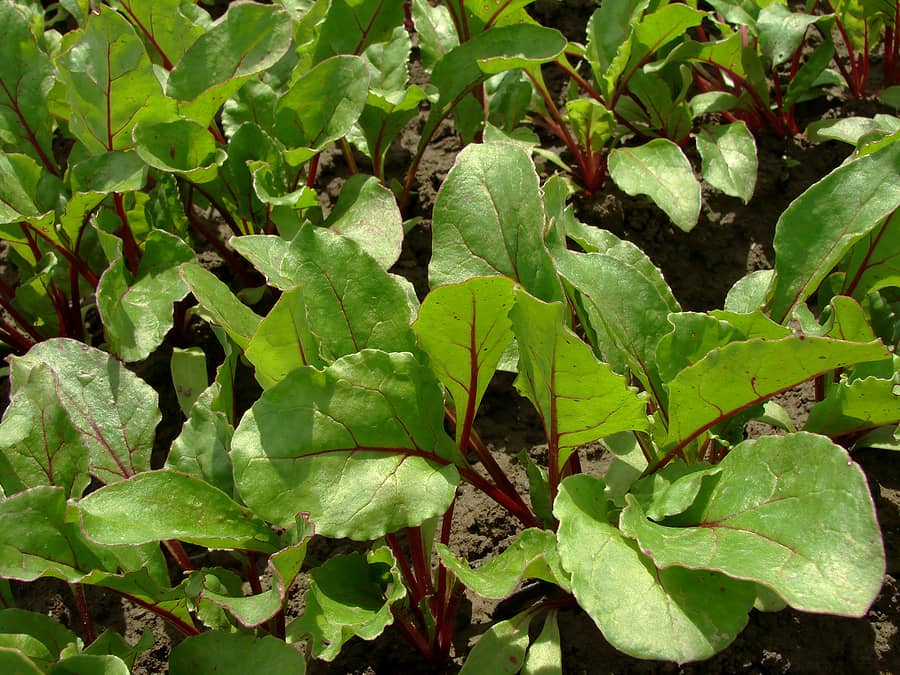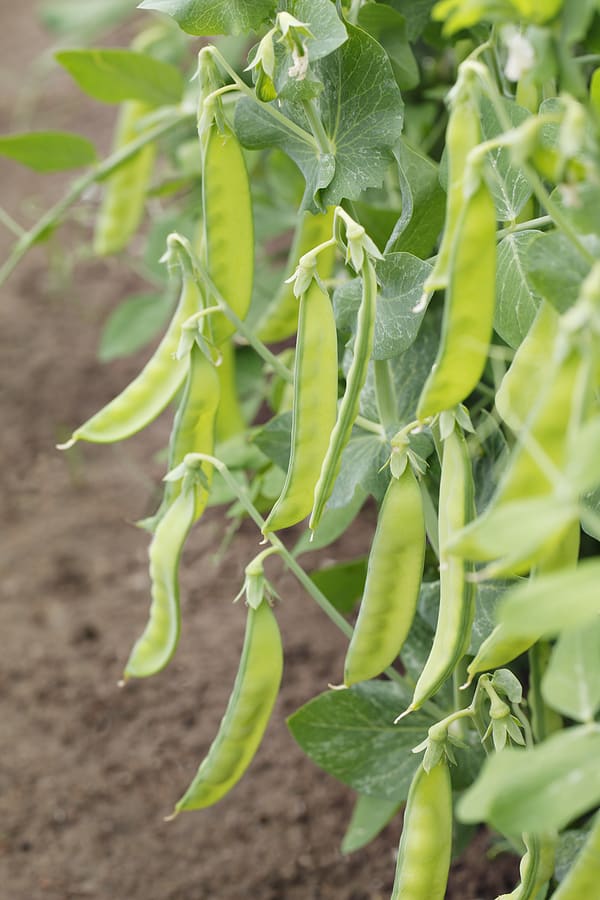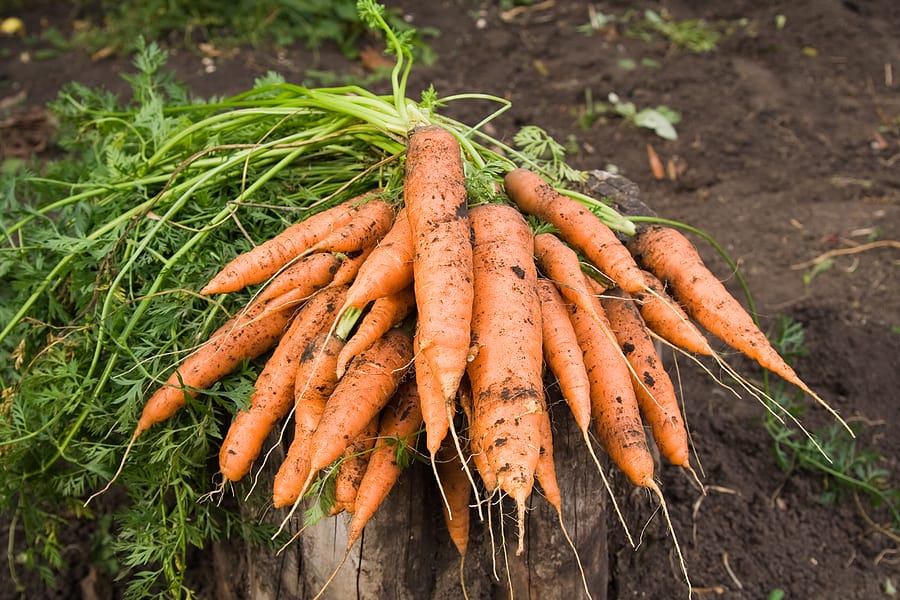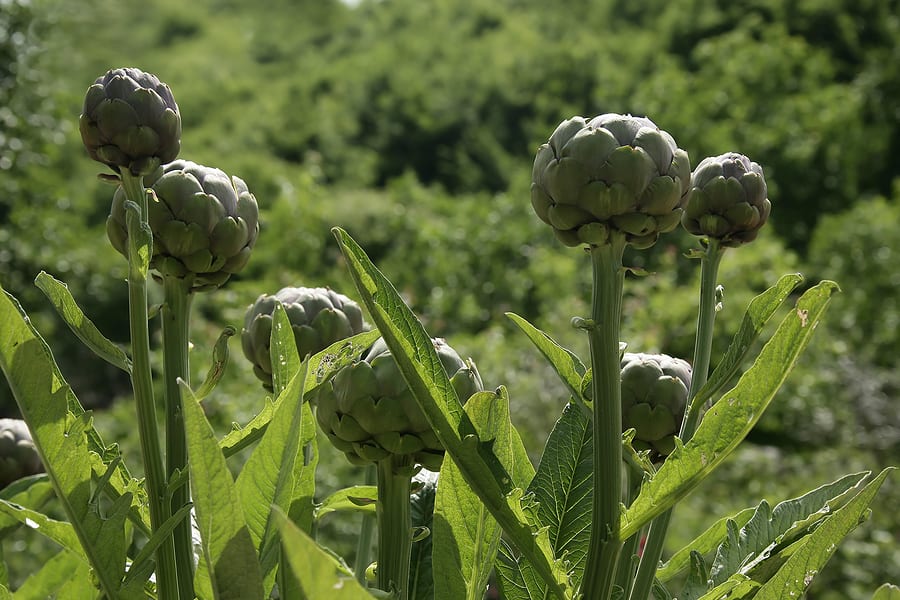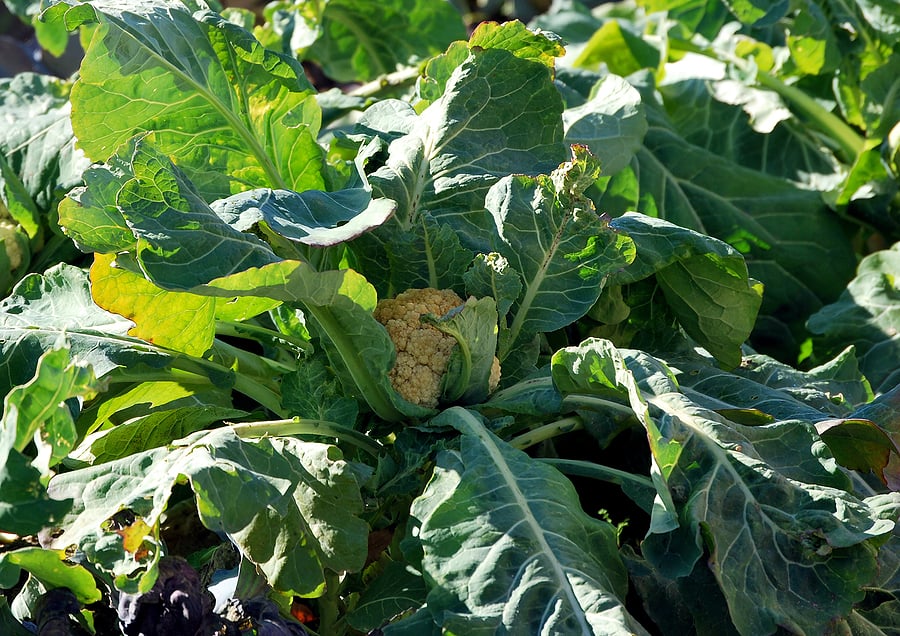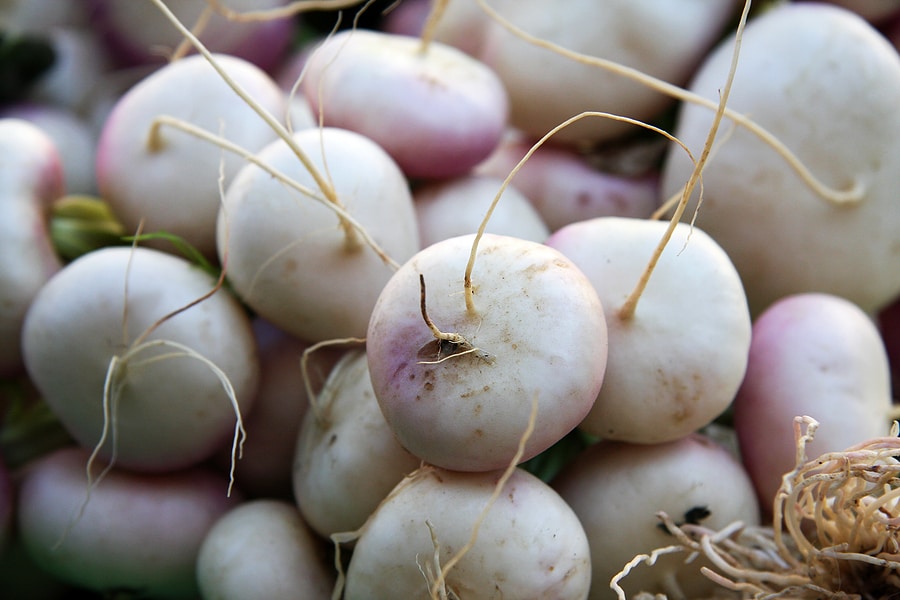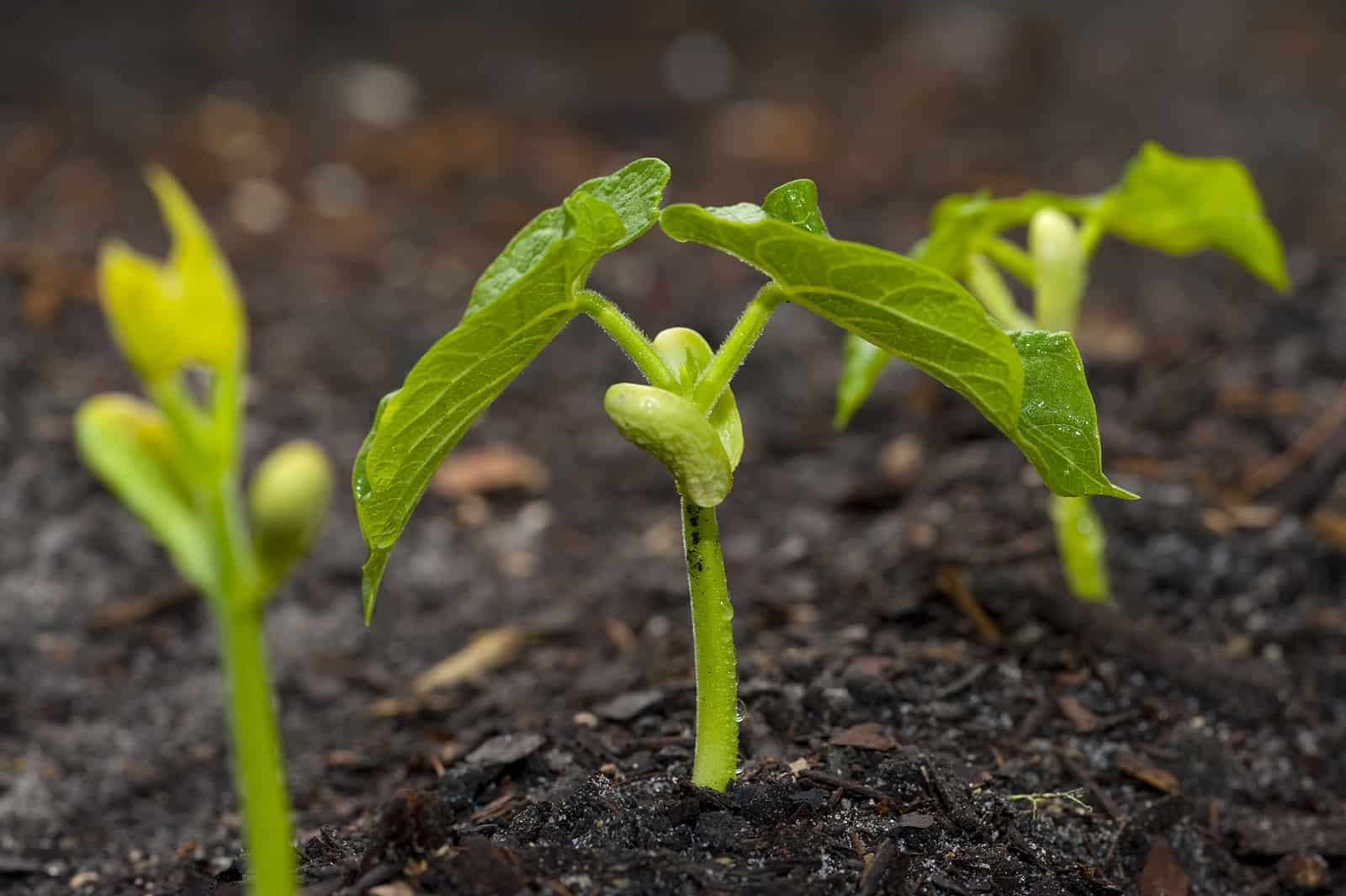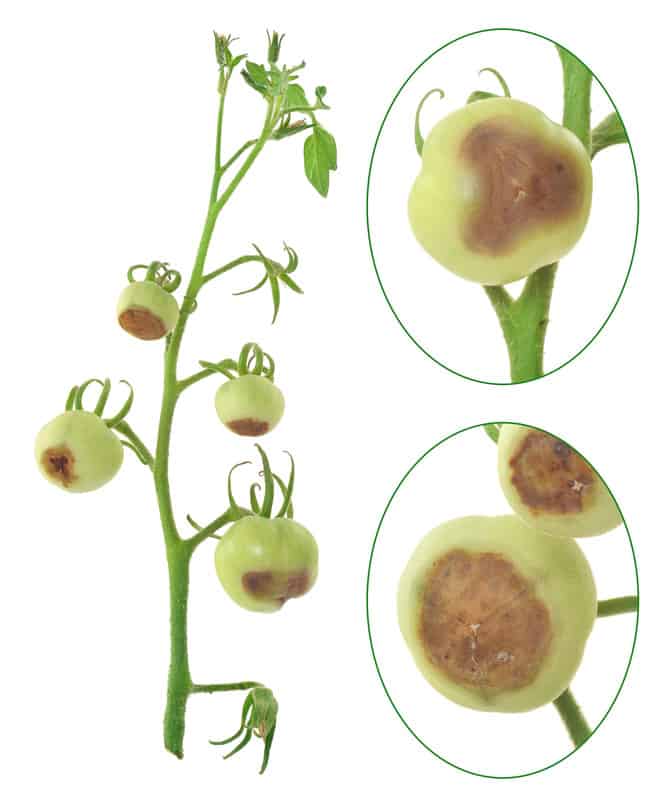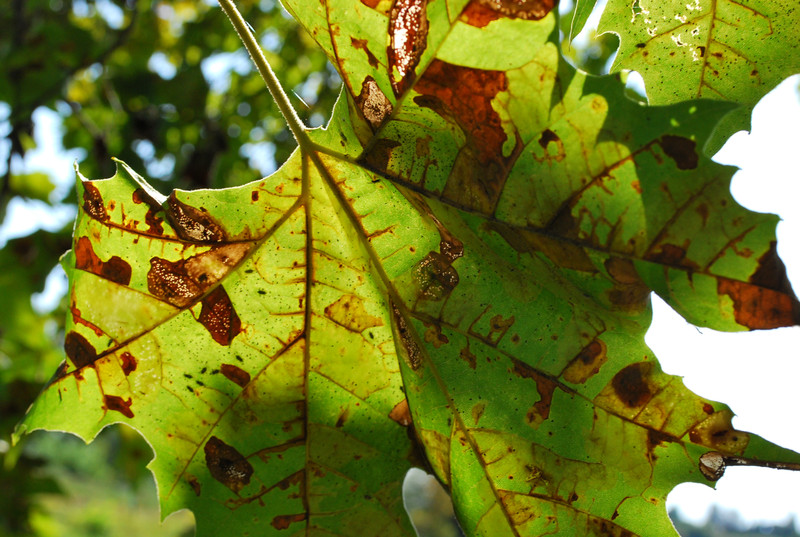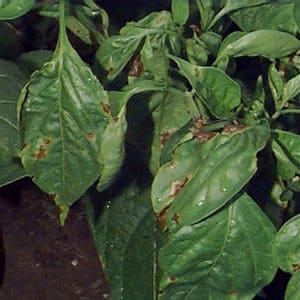Broccoli Growing Problems: Troubleshooting
Grow broccoli as you would cabbage. Grow broccoli as rapidly as possible. Give broccoli plenty of moisture and be sure to feed it through the season–a planting bed amended with aged compost is an important start. While broccoli is hardy at maturity, young plants should not be subjected to frost. Here are common broccoli-growing problems […] More

